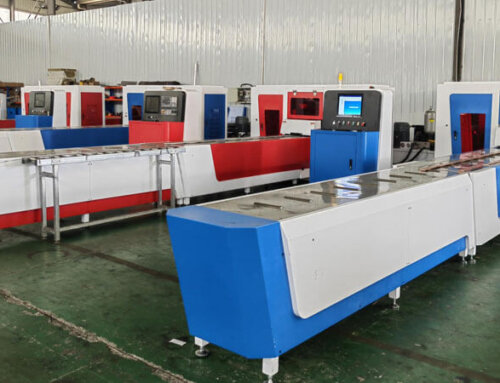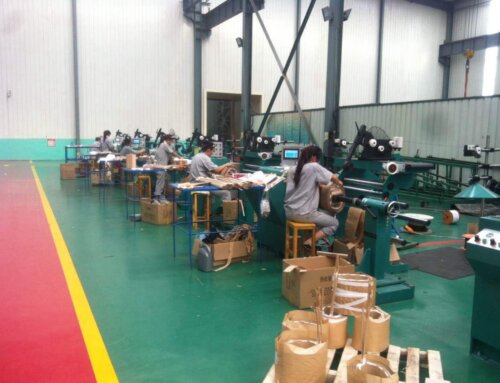Core Tip
Busbar hydraulic bender According to the different braking characteristics, the bus differential protection with braking characteristics can be divided into:
ratio differential, high current range braking, and double ratio differential. The principle of the ratio differential relay protection is to use a once-through current as the braking current. The bus protection operating current changes with the change of the braking current, so that it can have a certain braking capacity when the fault is outside the bus area.
Braking characteristics
According to the different braking characteristics, the bus differential protection with braking characteristics can be divided into: ratio differential, high current range braking, and compound ratio differential. The principle of the ratio differential relay protection is to use a once-through current as the braking current. The bus protection operating current changes with the change of the braking current, so that it can have a certain braking capacity when the fault is outside the bus area.
The action equation is where Id is the differential current and Idset is the setting threshold of the differential current. Its setting principle is to avoid the maximum unbalanced current when the bus is shorted externally. Ir is the braking current, which is the sum of the absolute values of the currents of all connected components of the bus. K is the ratio braking coefficient, and the error tolerance of C corresponding to different braking coefficients K is different. When a short-circuit fault occurs outside the busbar area, although an unbalanced current occurs due to CT saturation, the current on the fault branch will increase significantly, so that the braking current Ir also increases, which can provide strong braking Ability to prevent misoperation caused by CT saturation at this time.
The ratio differential busbar protection uses the once-through current as the braking current, so that the protection has a strong braking capacity when the fault is outside the zone. However, when the bus is internally faulted, the braking current still exists, which leads to a decrease in the sensitivity of the protection when the bus is internally faulted. For example, when a fault occurs in the area, the differential current Id satisfies Id>Idset, but at this time some branches have a large current and a large braking current, resulting in Id<K·Ir. At this time, the protection will refuse to operate. Therefore, when the ratio differential busbar protection fails in the busbar area, the protection sensitivity and reliability are reduced due to the presence of the braking current. Large current range brake protection is a further development of the principle of ratio differential protection, which improves the sensitivity and reliability of bus protection to a certain extent. The principle is to set a threshold value Is for the braking current on the basis of the ratio differential, and determine whether the braking current reaches the threshold value through the logic device to operate, which can improve the reliability of the ratio differential principle in the small current range .
Transformer manufacturing equipment foil winding machine, winding machine.







Leave A Comment